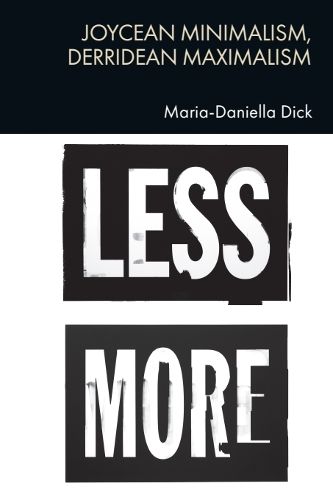Readings Newsletter
Become a Readings Member to make your shopping experience even easier.
Sign in or sign up for free!
You’re not far away from qualifying for FREE standard shipping within Australia
You’ve qualified for FREE standard shipping within Australia
The cart is loading…






This book presents two major critical reorientations, developing new positions on James Joyce and Jacques Derrida by reading them together within a shared modernity. It places these readings in relation to each other through a conceptual history of maximalism and minimalism, situating literature, philosophy and the history of aesthetics within the context of the closure of metaphysics. Through this revised reading of Joyce, Joycean Minimalism, Derridean Maximalism resituates the reception and periodisation of modernism. It also argues that the configuration of modernism and deconstruction it develops demonstrates a shared austerity one that is located in a mutual philosophical inquiry into self-presence between literature and deconstruction. Overall, Maria-Daniella Dick highlights the contemporaneity of deconstruction in the age of postcritique.
$9.00 standard shipping within Australia
FREE standard shipping within Australia for orders over $100.00
Express & International shipping calculated at checkout
This book presents two major critical reorientations, developing new positions on James Joyce and Jacques Derrida by reading them together within a shared modernity. It places these readings in relation to each other through a conceptual history of maximalism and minimalism, situating literature, philosophy and the history of aesthetics within the context of the closure of metaphysics. Through this revised reading of Joyce, Joycean Minimalism, Derridean Maximalism resituates the reception and periodisation of modernism. It also argues that the configuration of modernism and deconstruction it develops demonstrates a shared austerity one that is located in a mutual philosophical inquiry into self-presence between literature and deconstruction. Overall, Maria-Daniella Dick highlights the contemporaneity of deconstruction in the age of postcritique.